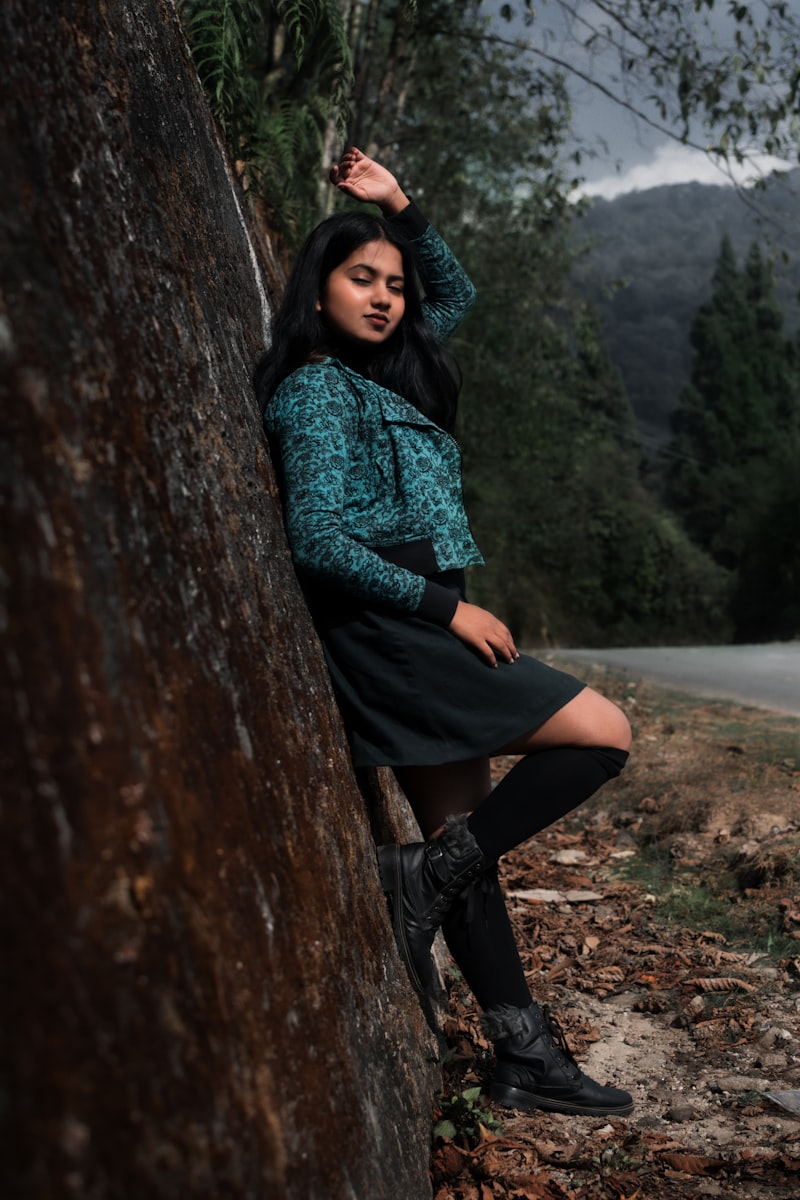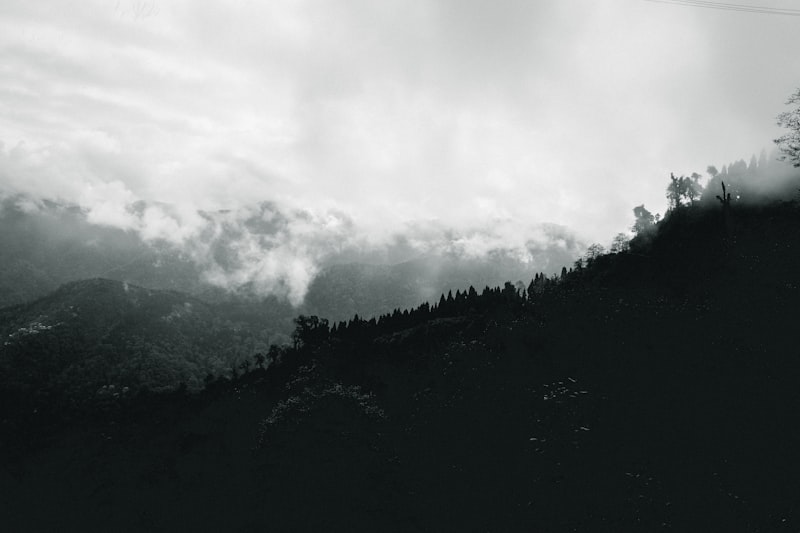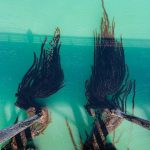Imagine standing before a towering columnar basalt formation, its symmetrical hexagonal pillars rising like ancient sentinels. Each facet of these formations tells a story of intense heat and rapid cooling, where molten lava solidified into geometric patterns that seem almost too perfect to be natural.
One of the most famous examples of natural lava formations is the Giant’s Causeway in Northern Ireland, a UNESCO World Heritage site. Here, tens of thousands of interlocking basalt columns stretch into the sea, forming a pathway that appears almost sculpted by giants. Visitors marvel at the precision of these hexagonal columns, each one a testament to the power of volcanic activity millions of years ago.
In Iceland, the dramatic landscapes are dotted with stunning lava formations. From the eerie lava tubes of Raufarhólshellir to the surreal lava fields of Eldhraun, where vast expanses of moss-covered lava create an otherworldly vista, these formations showcase nature’s ability to create beauty from destruction.
The fascination with natural lava formations extends beyond their visual appeal. Scientists study them to understand volcanic processes and the formation of minerals. Artists draw inspiration from their rugged textures and stark contrasts. Adventurers seek out these sites for their raw, primal energy and the sense of stepping into a prehistoric world.
Whether exploring the black sand beaches of Hawaii’s Big Island, where lava flows meet the ocean in a steamy spectacle, or hiking through the lava fields of Mount Etna in Sicily, where new formations constantly reshape the landscape, each encounter with natural lava formations leaves an indelible impression.
Unveiling Nature’s Masterpiece: Exploring the World’s Most Stunning Lava Formations
Imagine stepping onto a landscape where the earth itself seems to have frozen in fiery motion—a canvas sculpted by nature’s raw power. Welcome to the world of lava formations, where molten rock transforms into breathtaking shapes that defy imagination. These geological wonders, formed through volcanic eruptions, stand as testament to the Earth’s turbulent history and artistic prowess.
One of the most awe-inspiring lava formations resides in Iceland—the Land of Fire and Ice. Here, the ‘Dimmuborgir’ lava fields present a labyrinth of twisted towers and caves, resembling a petrified city from another realm. As you wander through this eerie landscape, you’re enveloped in a sense of wonder at the intricate sculptures crafted by cooling lava flows.
In Hawaii, the ‘Pahoehoe’ and ‘A’a’ lava types create contrasting landscapes of smooth, undulating surfaces and jagged, sharp-edged fields. The sight of glowing red lava meeting the ocean, sending clouds of steam into the air, is both mesmerizing and humbling—a reminder of the Earth’s ceaseless transformation.
Venture to Ethiopia’s Danakil Depression, and you’ll encounter the otherworldly ‘Dallol’ lava formations. Here, acidic hot springs bubble up from neon-colored pools, painting the desert with hues rarely seen elsewhere on Earth. The surreal landscape, reminiscent of a sci-fi movie set, challenges perceptions of what our planet can create.
From the black sand beaches of Hawaii to the surreal landscapes of Iceland and Ethiopia, lava formations captivate the imagination with their raw beauty and geological significance. Each formation tells a story of volcanic fury, sculpting the Earth into landscapes that evoke both fear and fascination.
Explore these natural masterpieces and witness the intricate dance between fire and rock—a testament to nature’s ability to create beauty from chaos.
This article captures the wonder and uniqueness of lava formations while incorporating engaging descriptions and a conversational tone to keep readers intrigued.
From Molten Rock to Majestic Landscapes: The Beauty of Natural Lava Sculptures
Have you ever marveled at the transformative power of nature? Imagine this: molten rock, once fierce and blazing, cooling and solidifying into breathtaking sculptures that dot landscapes around the world. These natural lava sculptures are not just geological formations; they are masterpieces shaped by the Earth itself over millennia.

When lava erupts from volcanoes, it flows in streams, sometimes resembling fiery rivers cascading down slopes. As it cools, it undergoes a remarkable transformation. The surface hardens into rugged textures, forming intricate patterns and shapes. Each lava sculpture tells a story of intense heat and the slow dance of cooling, creating unique landscapes that captivate the eye and the imagination.
In places like Hawaii, Iceland, and the Canary Islands, these sculptures stand as testaments to the raw power of volcanic activity. Picture towering spires, twisted columns, and labyrinthine caves formed by flowing lava meeting the cool air and solidifying into rock. The contrast between the stark black of cooled lava and the vibrant greenery of surrounding landscapes creates a surreal visual feast.
What makes these lava formations truly awe-inspiring is their sheer diversity. From the sharp, jagged edges of pahoehoe lava to the blocky, rough textures of a’a lava, each type offers a different glimpse into the volcanic process. Some formations resemble delicate lacework frozen in stone, while others evoke the strength and resilience of nature’s most powerful forces.
Exploring these landscapes is like stepping into a gallery of natural art, where every turn reveals a new masterpiece sculpted by ancient forces. It’s a reminder that even in the harshest environments, beauty can emerge from chaos. These lava sculptures are not just geological wonders; they are symbols of the Earth’s ever-changing canvas, where molten rock transforms into landscapes that inspire wonder and reverence.
Next time you encounter a lava sculpture, take a moment to appreciate its journey—from molten rock to majestic landscape. It’s a testament to the Earth’s creative power and a reminder of the beauty that emerges when nature takes its course.
Beyond Volcanic Fury: How Lava Creates Breathtaking Natural Art

Imagine this: molten rock, fluid and relentless, cascading down the slopes of a volcano like a river of liquid fire. As it moves, it cools and solidifies, capturing a snapshot of its journey. The result? Lava fields that resemble a frozen symphony of textures and forms, each layer telling a story of its passage.
The magic lies in the diversity of outcomes. Sometimes, lava hardens into jagged cliffs and rugged terrain, akin to a rough-hewn sculpture chiseled by nature’s hand. Other times, it forms smooth, undulating shapes that seem almost fluid, like waves frozen mid-motion. These formations aren’t just geological; they are art pieces crafted by the Earth itself.
One of the most awe-inspiring effects of lava is its ability to create intricate patterns and colors. When different minerals mix with the molten rock, they produce vibrant hues and marbled swirls that are nothing short of mesmerizing. Picture a canvas where oranges, reds, and blacks blend seamlessly, painting a picture of volcanic history with every stroke.
But lava’s artistry doesn’t end there. Its influence extends far beyond the immediate aftermath of an eruption. Over time, these landscapes evolve, shaped by erosion and weathering into valleys, caves, and even fertile soil. What was once a tumultuous event becomes a cornerstone of natural beauty and ecological diversity.
So, the next time you marvel at the beauty of volcanic landscapes, remember: behind every stunning vista lies a story of volcanic fury tamed into breathtaking natural art. From the fiery depths of the Earth to the canvas of our world, lava continues to inspire wonder and capture the imagination with its unparalleled creativity.
Journey Through Time: Discovering Ancient Stories in Lava Formations
Imagine standing amidst towering cliffs of solidified lava, each fold and curve telling a story etched millions of years ago. These ancient formations, shaped by volcanic eruptions that shook the Earth’s crust, hold secrets waiting to be deciphered. From the rugged coasts of Iceland to the volcanic fields of Hawaii, lava formations offer a journey through time like no other.
The lava’s journey begins deep within the Earth, where molten rock, heated to unimaginable temperatures, rises through cracks and fissures. When it reaches the surface, it erupts in a spectacular display of nature’s power, flowing across the land in rivers of fire. As it cools and solidifies, it creates intricate patterns and textures that vary from smooth and glassy obsidian to rough and jagged basalt.
Each type of lava formation tells a different tale. Pahoehoe, with its smooth, rope-like folds, forms when lava flows slowly and cools gradually. It’s akin to a flowing river frozen in time, capturing the fluidity of movement frozen in place. On the other hand, A’a lava, sharp and jagged, forms from faster-moving flows that cool quickly, leaving behind a treacherous terrain that challenges even the most daring adventurers.

These formations not only captivate with their physical beauty but also serve as geological archives. By studying their composition and structure, scientists unravel Earth’s history, piecing together the puzzle of ancient climates, volcanic activity, and even prehistoric ecosystems.
For travelers, exploring these lava formations is a journey through both geological time and human curiosity. Standing on the edge of a lava cliff, one can’t help but wonder about the forces that shaped our planet and the resilience of life that has adapted to these extreme environments. It’s a reminder that while we are fleeting in the grand scheme of time, the Earth’s story continues to unfold, written in the stone-like pages of lava formations across the globe.
Frequently Asked Questions
Are natural lava formations safe to visit and explore?
Discover the safety of exploring natural lava formations with our concise FAQ. Learn about the risks and precautions involved in visiting these unique geological wonders.
What makes natural lava formations unique and visually striking?
Natural lava formations are uniquely striking due to their organic shapes sculpted by molten lava cooling and solidifying. Their rugged textures and earthy colors create dramatic landscapes that captivate with their raw beauty.
What are natural lava formations and how are they created?
Learn about natural lava formations and their creation process in this concise FAQ. Understand how volcanic eruptions and cooling lava contribute to the diverse shapes and landscapes seen in volcanic regions worldwide.
Where can you find impressive natural lava formations around the world?
Discover some of the most impressive natural lava formations around the world with our FAQ guide. Learn about iconic sites like the Giant’s Causeway in Northern Ireland, the dramatic landscapes of Iceland’s volcanic regions, Hawaii’s volcanic national parks, and the unique lava tube caves in places like Lanzarote, Spain.
How do natural lava formations impact local ecosystems and landscapes?
Learn how natural lava formations influence local ecosystems and landscapes. Discover the ecological roles of lava in shaping terrain, fostering unique habitats, and influencing plant and animal biodiversity.



